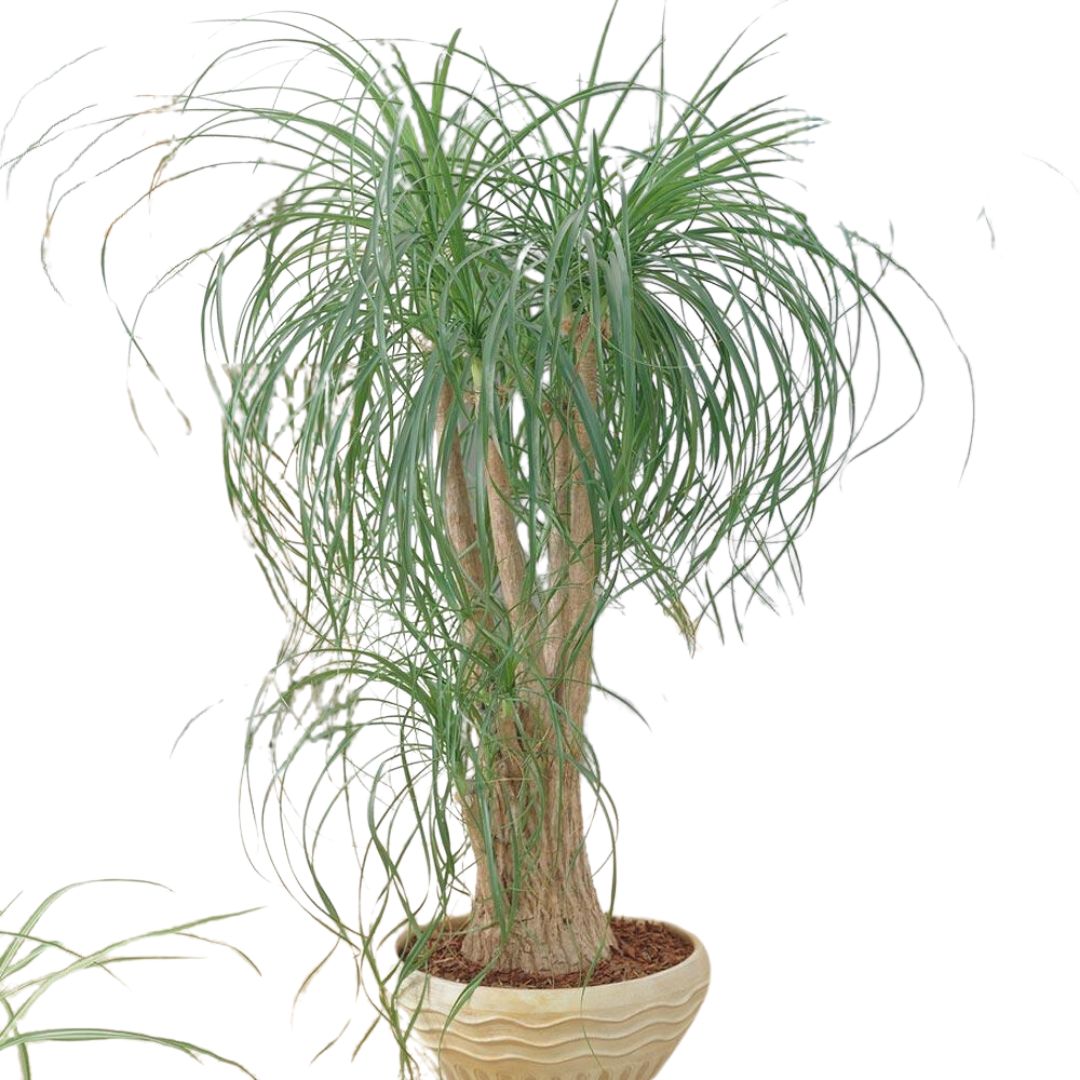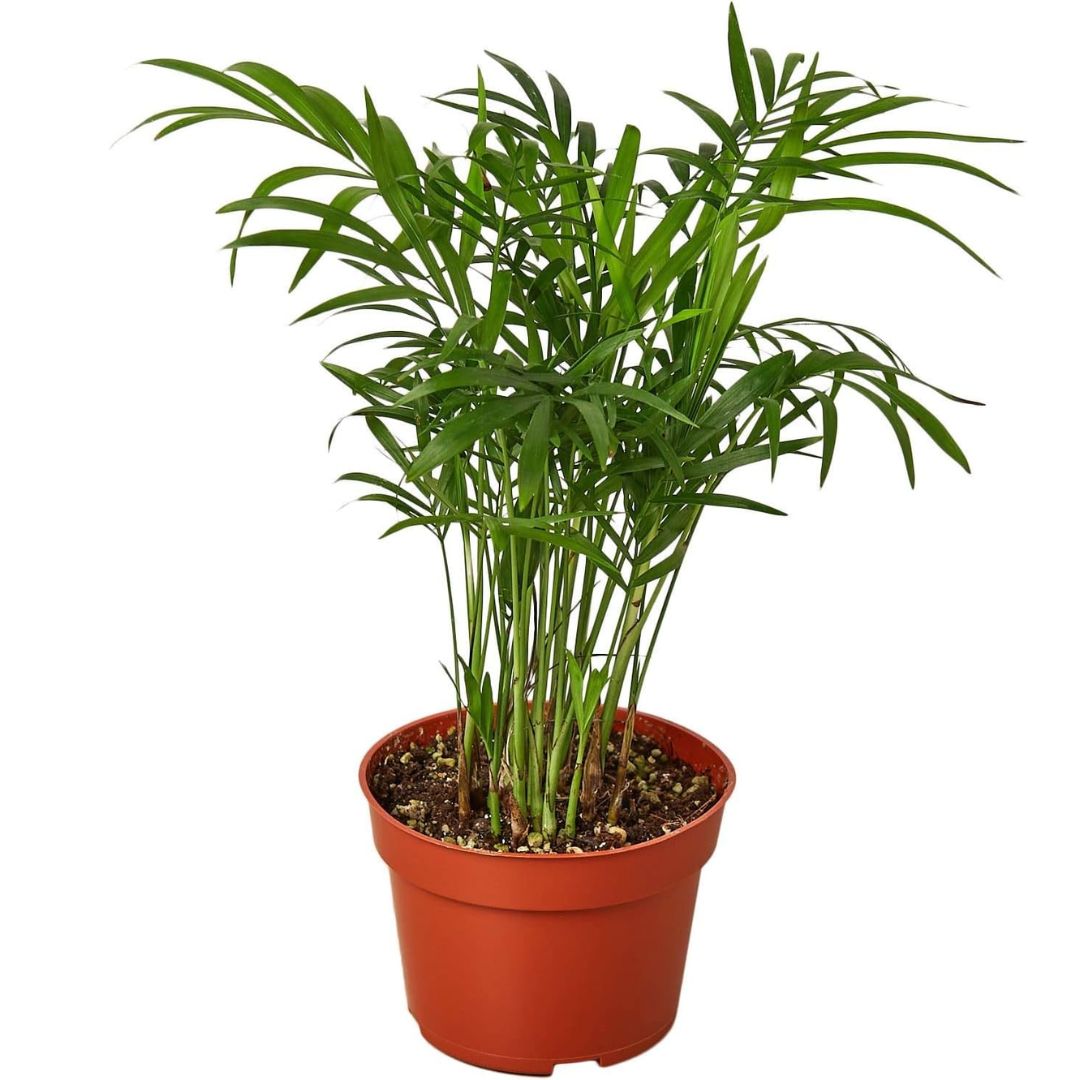How to Revive a Dying Palm — Signs to Watch Out For, and 4 Tricks to Rescue Your Plant
Palm plant looking worse for wear? These expert tips will help bring it back from the brink

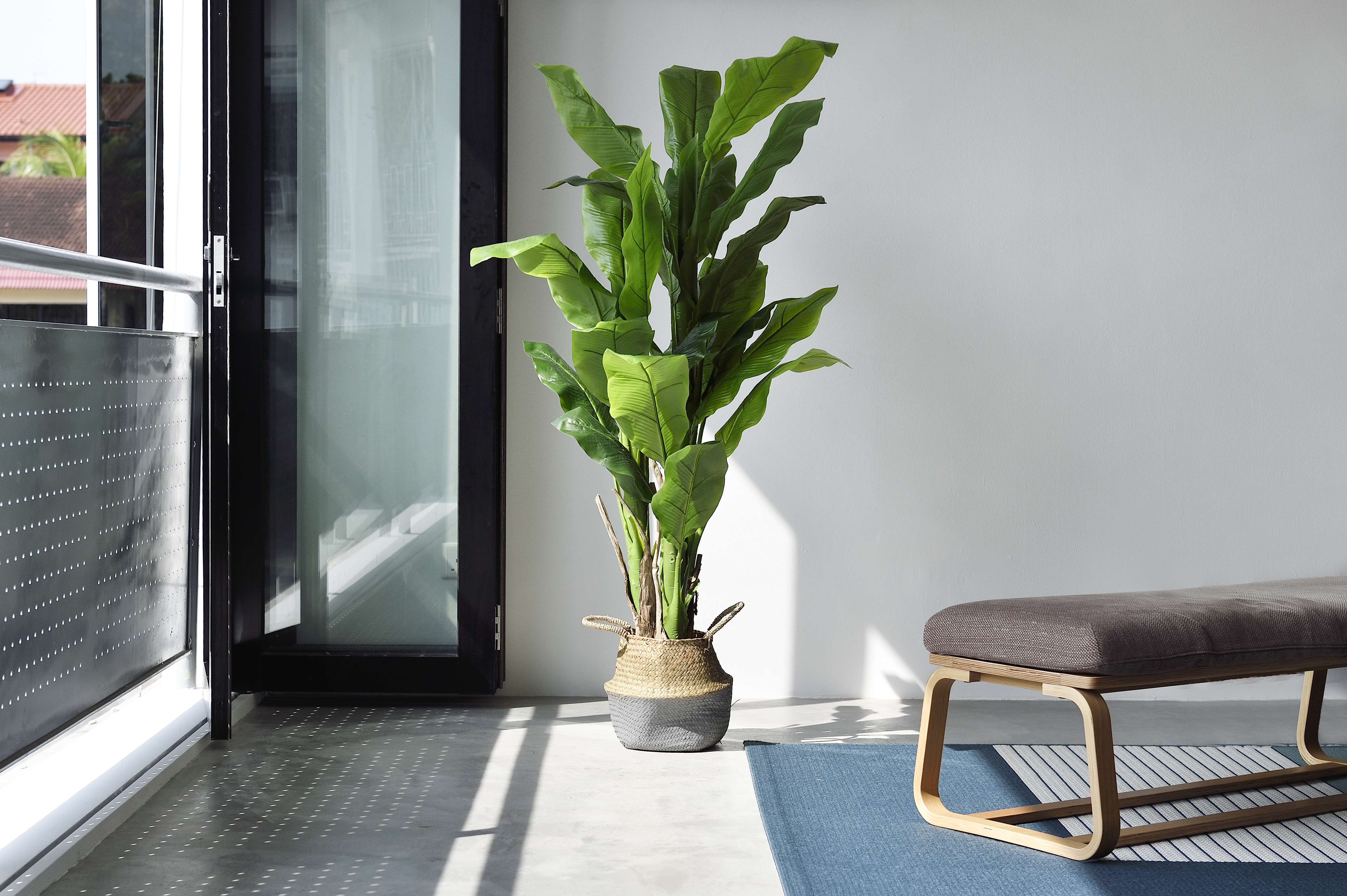
It's always heartbreaking to see a palm slowly die, but in many instances, you can bring a yellowing or drooping plant back to life. It's all about the proper care, routine, and plant food. In many instances, you can nurse it back to health within just a few weeks.
'Spotting the warning signs of a struggling palm plant requires keen observation,' says Reese L Robins, gardening expert at Just Pure Gardening. 'If you watch out for a few telltale signs, you'll be able to save the plant from drying or wilting.'
Here experts offer important tips on the upkeep of indoor gardens featuring palm plants. Take a look and give your dying plants a boost.
How to determine a palm plant is dying?
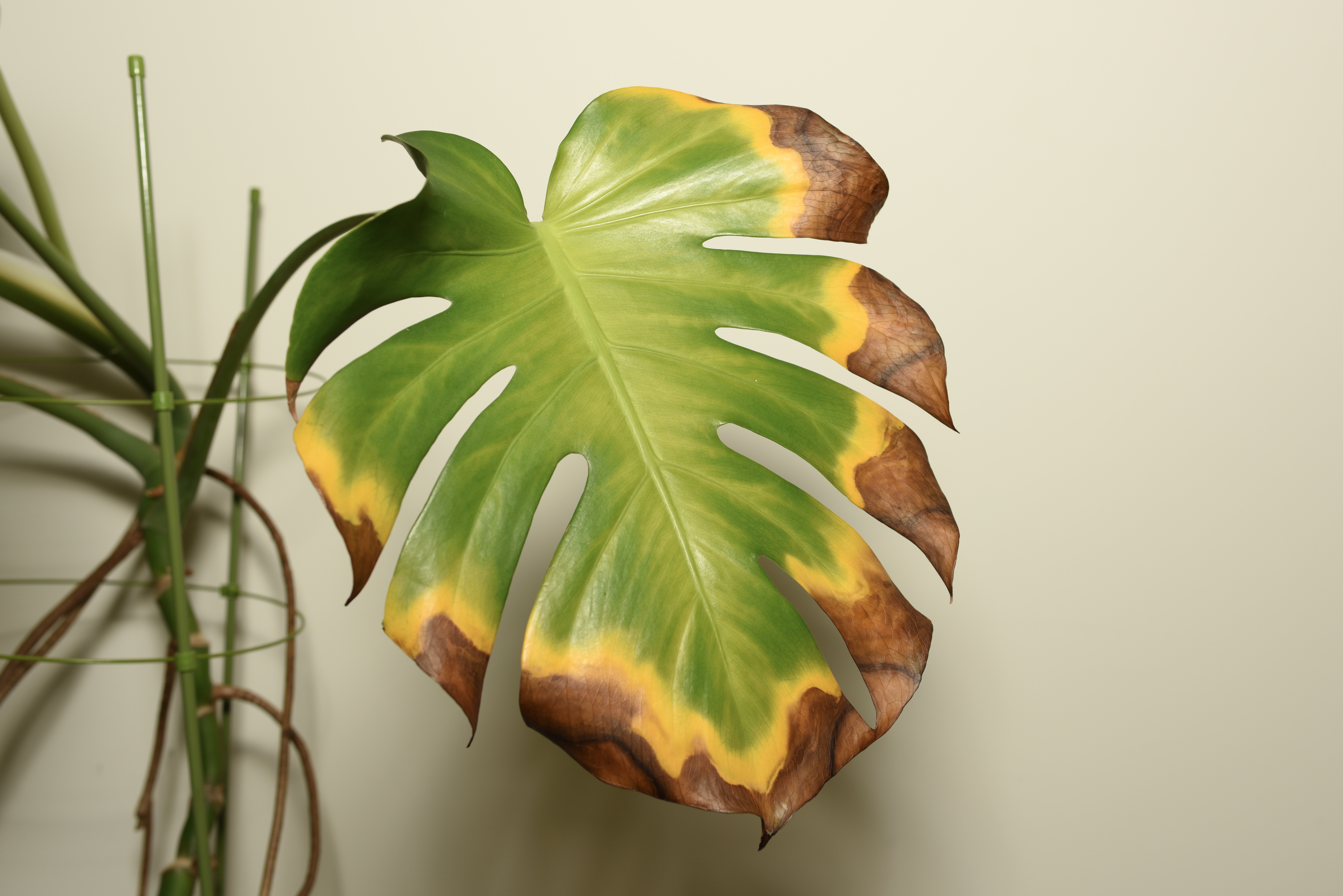
The number one tip for apartment gardening for beginners is to observe the greens keenly and check if there's a change in their appearance.
'If you notice yellowing or browning leaves, it may indicate nutrient deficiencies, improper watering, or disease,' says Reese L Robins, gardening expert at Just Pure Gardening. 'Wilted or drooping foliage can also signal stress or inadequate water uptake, especially if the soil is too dry or waterlogged. Stunted growth, where the palm fails to produce new leaves or grows at a slower rate than usual, suggests underlying issues affecting its overall health. Additionally, an overall lack of vigor is a red flag that the palm plant is in distress. This can appear as a loss of vibrancy in the foliage, reduced leaf size, or a general decline in the plant's appearance. It is very important to address these symptoms immediately to prevent further deterioration of the plant's health.'
'If you notice mushy or rotting roots when inspecting the plant's root system, it may be suffering from root rot, a common issue that can indicate trouble for the plant's health and vitality,' says Reese. 'Root rot is often caused by overwatering or poorly drained soil, leading to fungal infections that damage the roots and impede the plant's ability to absorb water and nutrients. In severe cases, root rot can lead to wilting, yellowing, and eventual death of the palm plant if left untreated.'
How can I revive a dying palm plant?

Reese and gardening expert Chris Bonnett, founder of Gardening Express offer key tips for bringing this indoor tree back to life.
1. Relook at your watering routine. 'To revive an overwatered palm, add some sand to the soil to improve drainage,' says Chris. 'To get the right balance between watering too little and too much, use a soil moisture meter. This device tells you exactly how much water is in the soil and helps you judge if it needs any more.'
2. Another way is by adding the right amount and quality of plant food to the soil. 'Palm plants need high-quality slow-release fertilizer, so to enhance your chances of reviving the plant successfully, invest in good quality fertilizer that’s rich in potassium and magnesium and add it to the soil,' says Chris.
3. 'If you suspect root rot, it's very important to take immediate action,' says Reese. 'Repot the palm into fresh, well-draining soil to provide its roots with a clean and healthy environment to recover. During the repotting process, carefully inspect the roots, trimming away any mushy or rotting sections with sterile pruning shears. This will help stimulate new root growth and remove potential sources of stress for the plant.'
4. And finally, consider exposing the plant to a little more sunlight for faster growth. 'Evaluate the plant's environmental conditions to ensure it's receiving the optimal growing conditions,' says Reese. 'Palm plants typically thrive in bright, indirect sunlight, so make sure the plant receives enough light. If natural light is insufficient, use artificial light, such as grow lights (like these from Amazon) or fluorescent bulbs.'
What type of palm should I buy?
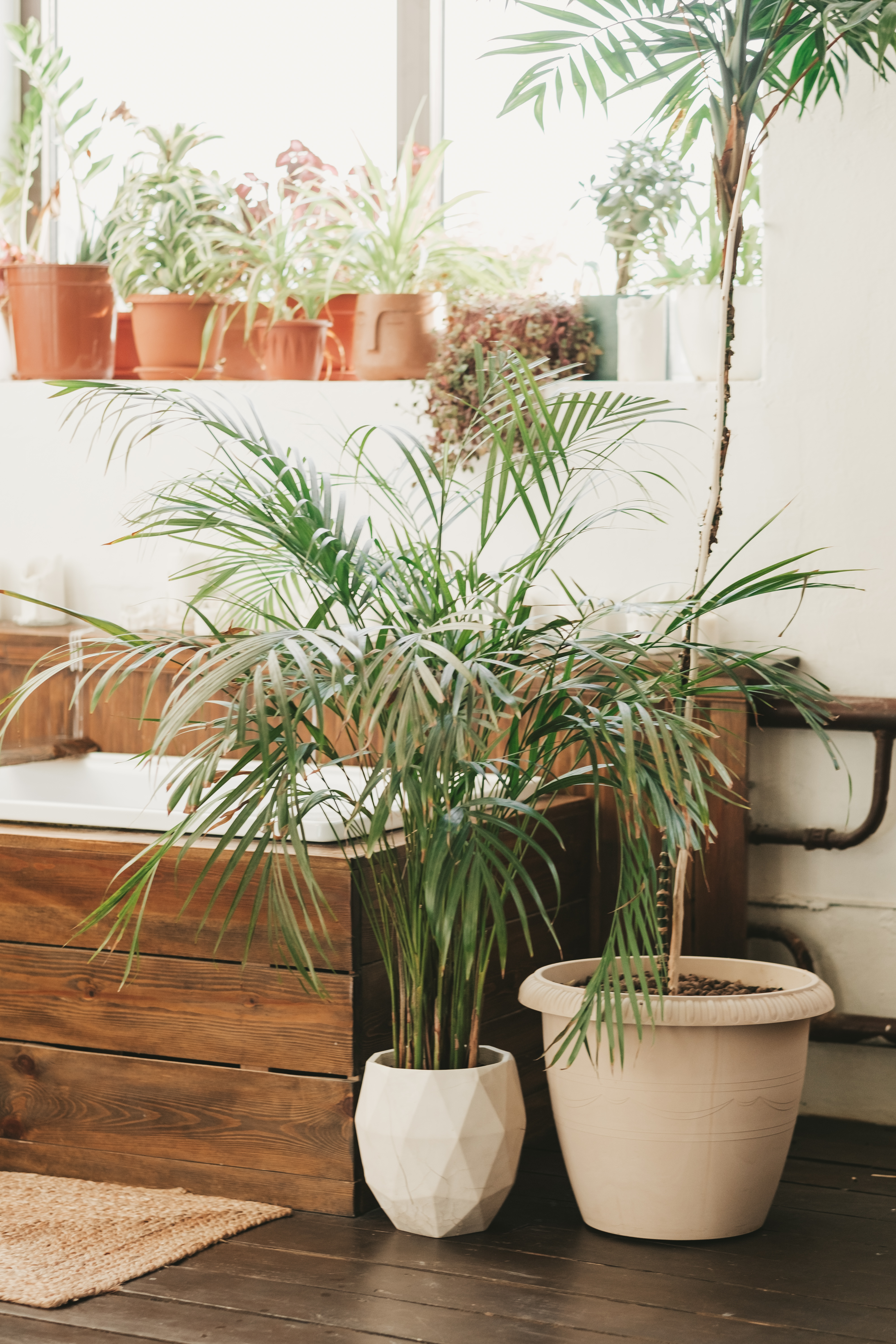
After all your container gardening efforts, if the palm still doesn't manage to survive, consider investing in other, more low-maintenance varieties.
'Some of the best low-maintenance indoor palms include Kentia Palm, Parlour Palm, Areca Palm, and Ponytail Palm,' says Chris. 'These species thrive in indoor conditions and don’t require too frequent watering, making them perfect plants for beginners or those with busy lifestyles.'
The Livingetc newsletters are your inside source for what’s shaping interiors now - and what’s next. Discover trend forecasts, smart style ideas, and curated shopping inspiration that brings design to life. Subscribe today and stay ahead of the curve.

Aditi Sharma Maheshwari started her career at The Address (The Times of India), a tabloid on interiors and art. She wrote profiles of Indian artists, designers, and architects, and covered inspiring houses and commercial properties. After four years, she moved to ELLE DECOR as a senior features writer, where she contributed to the magazine and website, and also worked alongside the events team on India Design ID — the brand’s 10-day, annual design show. She wrote across topics: from designer interviews, and house tours, to new product launches, shopping pages, and reviews. After three years, she was hired as the senior editor at Houzz. The website content focused on practical advice on decorating the home and making design feel more approachable. She created fresh series on budget buys, design hacks, and DIYs, all backed with expert advice. Equipped with sizable knowledge of the industry and with a good network, she moved to Architectural Digest (Conde Nast) as the digital editor. The publication's focus was on high-end design, and her content highlighted A-listers, starchitects, and high-concept products, all customized for an audience that loves and invests in luxury. After a two-year stint, she moved to the UK and was hired at Livingetc as a design editor. She now freelances for a variety of interiors publications.

